Buy this landscape artwork Edvard Munch, Anxiety by Atelier Liesjes on canvas, ArtFrame, poster and wallpaper, printed on demand in high quality.
About "Edvard Munch, Anxiety"
by Atelier Liesjes
About the artwork
This painting is based on two earlier rooms: the anxious humanity that progresses as if it is driven by ominous elemental forces, as it was first conceived in the Karl Johanstraat at night; and a certain view of the Oslo Fjord, already seen in The Scream. Both were destined to return with great faithfulness in Fear and in other works from the same period.
Norwegian fear, like its German counterpart, had become the key term not only for the central pictorial content of Munch, but for the whole tradition that can be traced back to the philosophies of Kierkegaard and Nietzsche, the plays of Strindberg and Ibsen, and the Northern European modern aesthetic contribution in general.
In Anxiety, Munch repeats many elements of The Scream closely. The same jetty where a single estranged character lived reappears, as does the lake in the distance, the two boats, the church, and other buildings that are just a little less blurry along the coast than before. They are all quoted from the earlier work, as are the intense swirls of concentrically enlarging lines that define and ultimately embrace land, sea and air.
However, when The Scream addresses the horror experienced in total isolation by a single being, Anxiety plays on collective despair. the sense of fear in this work is even stronger, though less pervasive, than in The Scream, because despair is carried here by a group rather than by an isolated individual.
Edvard Munch (Løten (Hedmark), 12 December 1863 - Ekely near Osl

About Atelier Liesjes
Art for sale. Shop with photos and art as wall decoration. Posters, metal (aluminium or steel), glass, canvas, photo print, wood, framed, canvas, photo wallpaper or garden canvas.
The collection of wall decoration or wall decorations is very broad, from nature through..
Read more…
 Netherlands
Netherlands Ordered in July 2019
Ordered in July 2019
 Germany
Germany Ordered in December 2023
Ordered in December 2023
 Netherlands
Netherlands Ordered in July 2017
Ordered in July 2017
 Germany
Germany Ordered in November 2020
Ordered in November 2020
 Netherlands
Netherlands Ordered in July 2019
Ordered in July 2019
 Germany
Germany Ordered in October 2022
Ordered in October 2022
 Germany
Germany Ordered in December 2019
Ordered in December 2019
 Netherlands
Netherlands Ordered in June 2019
Ordered in June 2019
 Netherlands
Netherlands Ordered in May 2021
Ordered in May 2021
 Germany
Germany Ordered in November 2021
Ordered in November 2021
 Germany
Germany Ordered in July 2021
Ordered in July 2021
 Netherlands
Netherlands Ordered in October 2023
Ordered in October 2023
About the material
ArtFrame™
Interchangeable Art Prints
- High-quality print
- Easily interchangeable
- Acoustic function
- Large sizes available
Discover the artworks of Atelier Liesjes
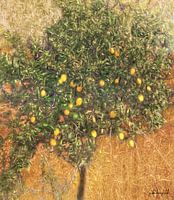 picturesque lemon treeAtelier Liesjes
picturesque lemon treeAtelier Liesjes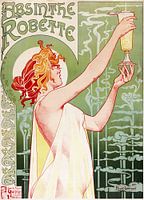 Old poster with advertising for the drink with alcohol, AbsintheAtelier Liesjes
Old poster with advertising for the drink with alcohol, AbsintheAtelier Liesjes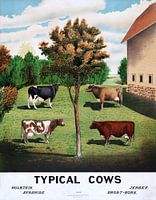 Old poster from 1904 with different cow breedsAtelier Liesjes
Old poster from 1904 with different cow breedsAtelier Liesjes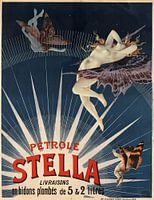 oude poster met reclame voor petroleum van Stella uit 1897Atelier Liesjes
oude poster met reclame voor petroleum van Stella uit 1897Atelier Liesjes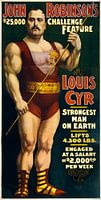 American old poster about the strongest man in the world from 1898Atelier Liesjes
American old poster about the strongest man in the world from 1898Atelier Liesjes Mercedes-Benz Grand 600 advertisement 1964Atelier Liesjes
Mercedes-Benz Grand 600 advertisement 1964Atelier Liesjes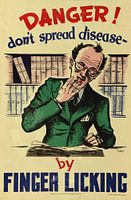 Information poster to prevent the spread of diseases by not licking fingers from 1950Atelier Liesjes
Information poster to prevent the spread of diseases by not licking fingers from 1950Atelier Liesjes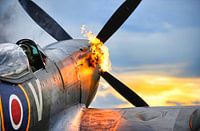 Spitfire with flamesAtelier Liesjes
Spitfire with flamesAtelier Liesjes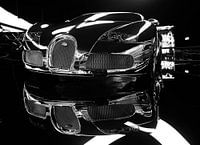 Bugatti Veyron EB16.4 supercarAtelier Liesjes
Bugatti Veyron EB16.4 supercarAtelier Liesjes Lamborghini Huracan Performante Motion 5 supercarAtelier Liesjes
Lamborghini Huracan Performante Motion 5 supercarAtelier Liesjes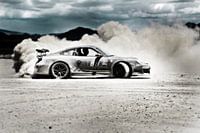 Porsche makes a dusty cloud sportscarAtelier Liesjes
Porsche makes a dusty cloud sportscarAtelier Liesjes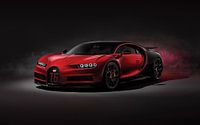 Bugatti Chiron Sport 2019 supercarAtelier Liesjes
Bugatti Chiron Sport 2019 supercarAtelier Liesjes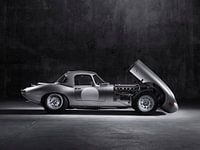 Jaguar E-Type sportscarAtelier Liesjes
Jaguar E-Type sportscarAtelier Liesjes Pinup and actress Olive Thomas from the 10s and 20sAtelier Liesjes
Pinup and actress Olive Thomas from the 10s and 20sAtelier Liesjes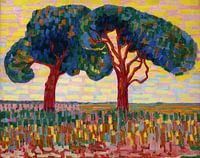 Two trees, Jacoba van Heemskerck, 1908 - 1910Atelier Liesjes
Two trees, Jacoba van Heemskerck, 1908 - 1910Atelier Liesjes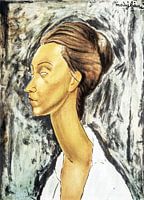 Lithograph of a woman - Amedeo ModiglianiAtelier Liesjes
Lithograph of a woman - Amedeo ModiglianiAtelier Liesjes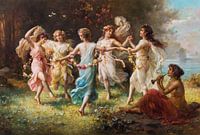 Hans Zatzka, fairy danceAtelier Liesjes
Hans Zatzka, fairy danceAtelier Liesjes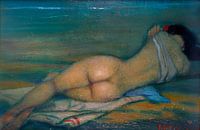 Federico Beltrán Masses, NudeAtelier Liesjes
Federico Beltrán Masses, NudeAtelier Liesjes Fedir Krychevsky, Life (triptych) - Family, left, 1927Atelier Liesjes
Fedir Krychevsky, Life (triptych) - Family, left, 1927Atelier Liesjes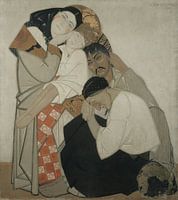 Fedir Krychevsky, Life (triptych) - Family, central, 1927Atelier Liesjes
Fedir Krychevsky, Life (triptych) - Family, central, 1927Atelier Liesjes
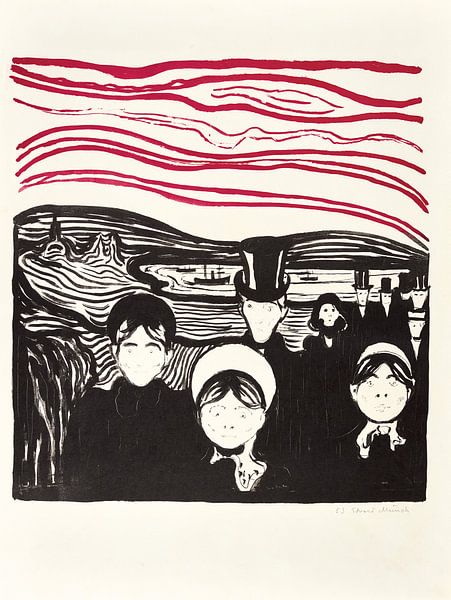

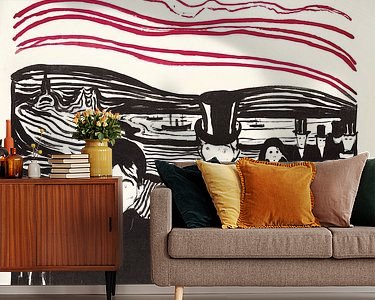





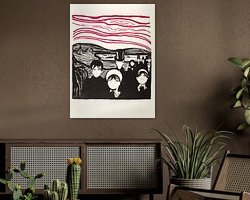
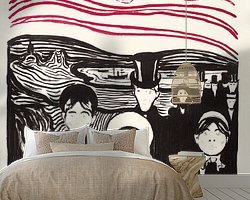
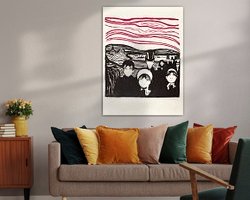

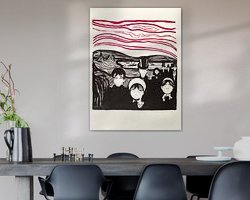
 Dreamy Escapes
Dreamy Escapes Female
Female Illustrations
Illustrations Landscapes
Landscapes Men
Men Mysterious Spheres
Mysterious Spheres Norway
Norway Nostalgic Memories
Nostalgic Memories Old masters
Old masters People
People Serene Peace
Serene Peace









